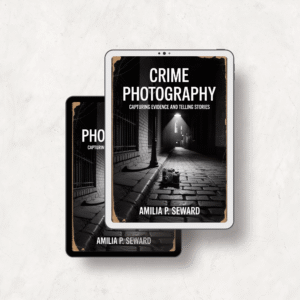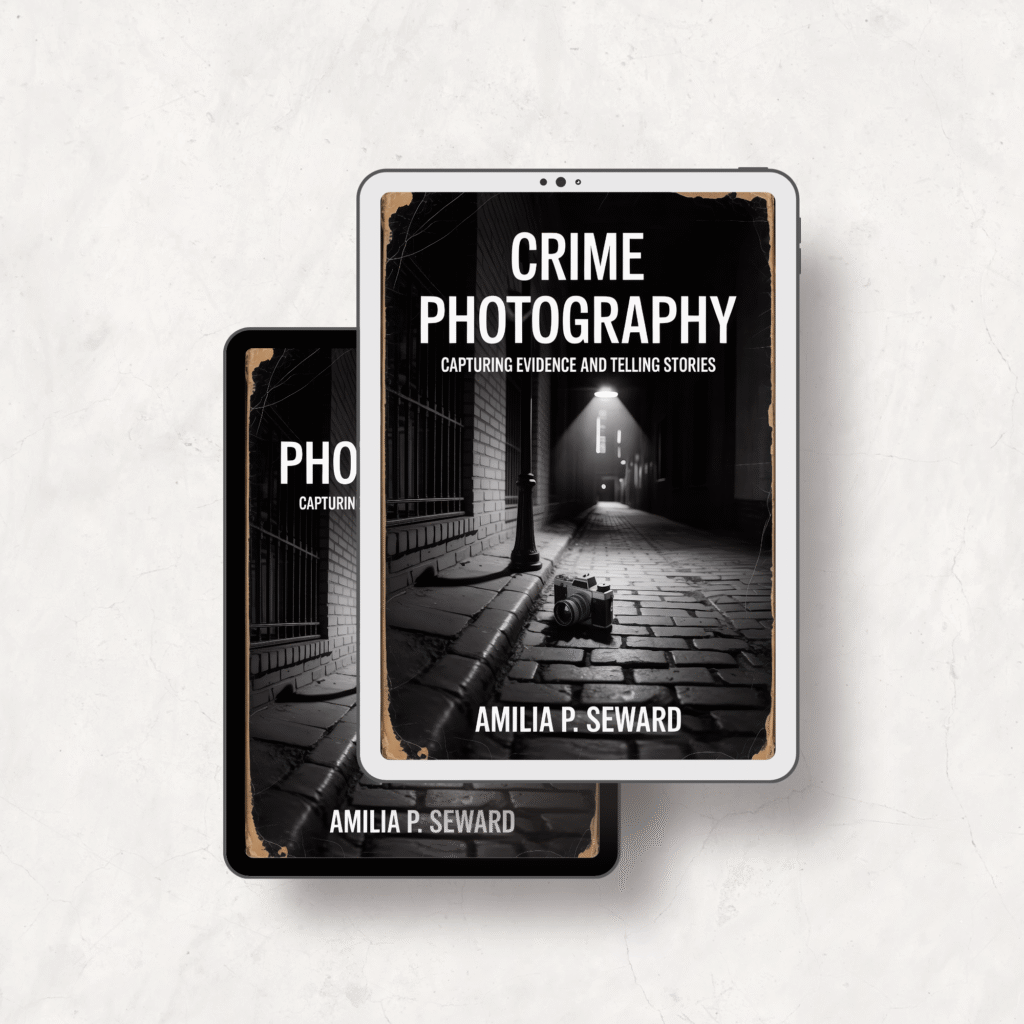Crime Photography: Capturing Evidence and Telling Stories – Complete Guide to Forensic Photography Mastery

Crime photography has become an essential skill for forensic professionals, investigators, and anyone serious about documenting evidence with precision and legal compliance. Whether you’re struggling with proper lighting techniques, equipment selection, or understanding the legal requirements for admissible evidence, mastering crime scene documentation can feel overwhelming without proper guidance. “Crime Photography: Capturing Evidence and Telling Stories” transforms complex forensic imaging principles into practical, actionable techniques that elevate your photography from simple documentation to powerful investigative tools. This comprehensive guide addresses the critical gap between basic photography skills and specialized crime scene documentation, providing readers with professional-grade knowledge typically reserved for law enforcement training programs.
Unlike generic photography books, this specialized guide focuses exclusively on the unique challenges of crime scene photography, combining technical expertise with legal compliance and ethical considerations. The author expertly weaves together equipment mastery, lighting strategies, evidence preservation techniques, and narrative storytelling to create a complete resource for anyone committed to excellence in forensic photography and criminal investigation support.
What You’ll Discover
- Professional Equipment Selection: Master the art of choosing cameras, lenses, and lighting equipment specifically designed for crime scene conditions and evidence documentation
- Advanced Lighting Techniques: Learn specialized lighting strategies that reveal hidden evidence, eliminate shadows, and ensure consistent, courtroom-quality image clarity
- Legal Compliance Mastery: Discover essential protocols for maintaining chain of custody, embedding metadata, and creating admissible evidence that meets strict legal standards
- Forensic Imaging Methods: Explore cutting-edge techniques including UV photography, infrared imaging, and photogrammetry for uncovering invisible evidence
- Visual Storytelling Excellence: Transform chaotic crime scenes into compelling narrative sequences that support investigations and courtroom presentations
- Real-World Application Skills: Apply proven methodologies through detailed case studies and practical exercises that simulate actual crime scene scenarios
Why This Book Matters
Crime scene photography demands precision that goes far beyond traditional photography skills, requiring specialized knowledge of forensic protocols, legal requirements, and evidence preservation techniques. This comprehensive guide bridges the critical gap between basic camera operation and professional-grade crime scene documentation, providing readers with expertise typically acquired through years of field experience. The book’s emphasis on both technical mastery and ethical considerations ensures that photographers develop not just skills, but the professional judgment necessary for sensitive investigative work.
Unlike academic textbooks that focus on theory, this practical resource delivers immediately applicable techniques for real-world crime scene challenges. From managing difficult lighting conditions to ensuring legal admissibility, readers gain confidence in their ability to produce evidence-quality photography that supports justice and serves investigative teams effectively.
Key Features
This comprehensive ebook spans multiple detailed chapters covering equipment selection, advanced imaging techniques, legal protocols, and ethical considerations in forensic photography. Available as an instant digital download, you’ll receive immediate access to step-by-step protocols, case study analyses, and practical exercises designed for hands-on skill development. The format allows for easy reading on any device, with printable reference guides for fieldwork application. Also available as audiobook on Google Play Books and Spotify for convenient listening during commutes or while reviewing techniques between assignments.
Frequently Asked Questions
What equipment do I need to start practicing crime photography techniques effectively?
Essential crime scene photography requires a professional DSLR or mirrorless camera with manual controls, macro and wide-angle lenses for evidence detail and scene overview, portable lighting solutions including ring lights and diffused flash units, plus stabilization equipment. The book provides detailed equipment recommendations for various budgets and specialization levels.
How does this book ensure my crime scene photos meet legal admissibility standards?
The guide covers comprehensive protocols for maintaining chain of custody, embedding proper metadata, detailed documentation practices, and standardized file naming conventions. You’ll learn to create unbroken evidence trails from capture to courtroom presentation, ensuring your photography meets strict legal requirements for criminal proceedings.
Can beginners master advanced forensic photography techniques using this resource?
Absolutely. The book structures learning from foundational principles through advanced techniques like UV and infrared imaging. Step-by-step exercises, real-world case studies, and progressive skill-building ensure beginners develop both technical competence and professional judgment required for effective crime scene documentation.
Get Your Copy Today
Transform your forensic photography capabilities with this comprehensive guide to crime scene documentation excellence. Available for instant download at just $6.99, this ebook provides exceptional value compared to expensive law enforcement training courses or specialized workshops. Also available as audiobook on Google Play Books and Spotify for flexible learning. Purchase your copy through all major ebook retailers including Apple Books, Barnes & Noble, and Kobo to begin mastering professional crime photography techniques today.
Watch the Video Review

